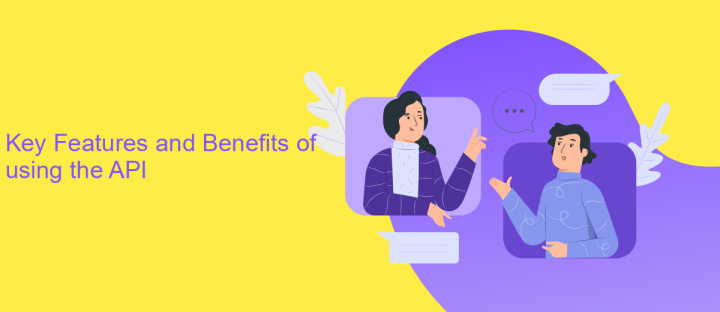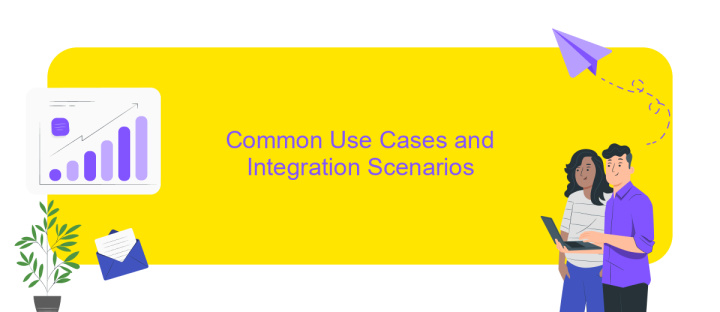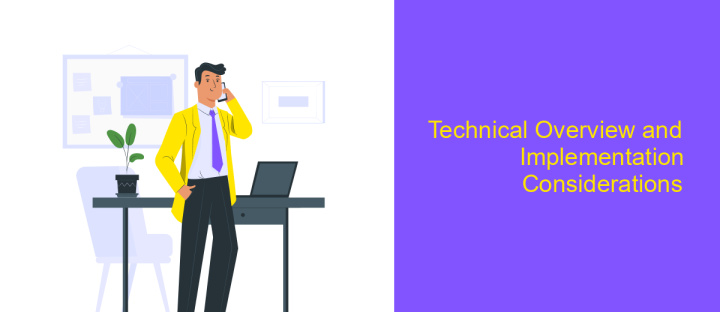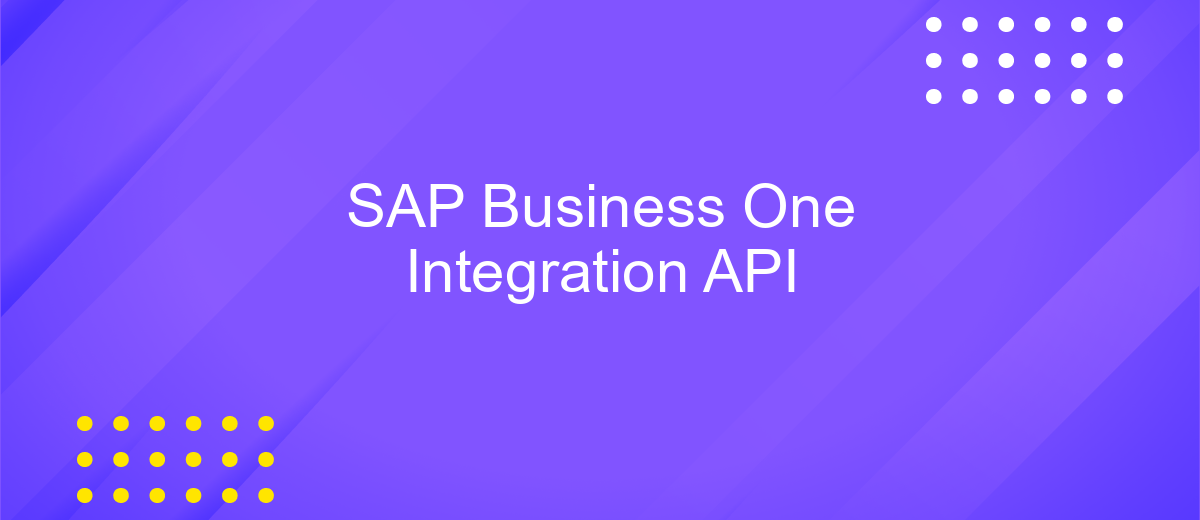SAP Business One Integration API
SAP Business One Integration API is a powerful tool designed to streamline business processes by enabling seamless connectivity between SAP Business One and other applications. This API facilitates data exchange, ensuring that businesses can automate workflows, enhance productivity, and maintain data consistency across various platforms. By leveraging this integration, companies can optimize their operations, reduce manual errors, and achieve a more cohesive IT ecosystem.
Introduction to SAP Business One Integration API
SAP Business One Integration API is a powerful tool designed to streamline and enhance the integration capabilities of SAP Business One with other applications and systems. This API provides a comprehensive framework that allows businesses to connect their SAP Business One environment with external platforms, ensuring seamless data exchange and operational efficiency. By leveraging this API, companies can automate processes, reduce manual interventions, and improve overall productivity.
- Facilitates seamless integration with third-party applications.
- Enables real-time data synchronization across different systems.
- Supports various data formats and communication protocols.
- Offers robust security features to protect sensitive business information.
- Enhances scalability and flexibility of business operations.
With SAP Business One Integration API, businesses can unlock new opportunities for growth and innovation. By enabling a more connected and responsive IT ecosystem, companies can quickly adapt to changing market demands and deliver superior customer experiences. Whether integrating with e-commerce platforms, CRM systems, or custom applications, this API provides the necessary tools and flexibility to meet diverse business needs and drive digital transformation.
Key Features and Benefits of using the API

SAP Business One Integration API offers a robust framework for seamless connectivity between SAP Business One and other business applications. It enables developers to create custom integrations, enhancing the flexibility and scalability of business operations. The API supports a wide range of data exchange formats, including XML and JSON, ensuring compatibility with various systems. This flexibility allows businesses to automate workflows, reduce manual data entry, and improve overall efficiency. The API's comprehensive documentation and community support make it accessible for developers of all skill levels, ensuring a smooth integration process.
Utilizing the SAP Business One Integration API, businesses can leverage tools like ApiX-Drive to streamline their integration processes. ApiX-Drive simplifies the setup of automated workflows between different applications, reducing the time and effort required for integration. This service offers a user-friendly interface, enabling non-technical users to configure integrations without extensive coding knowledge. By optimizing data flow and enhancing connectivity, the API and tools like ApiX-Drive empower businesses to maximize their operational capabilities, leading to improved decision-making and increased productivity.
Common Use Cases and Integration Scenarios

SAP Business One Integration API offers versatile solutions for businesses seeking to enhance their operational efficiency through seamless data exchange and process automation. This API enables various integration scenarios, facilitating smooth communication between SAP Business One and other applications, whether they are cloud-based or on-premises.
- Automating order processing by integrating with e-commerce platforms to streamline sales and inventory management.
- Synchronizing financial data with accounting software to ensure accurate and up-to-date financial reporting.
- Connecting with CRM systems to provide a unified view of customer interactions and improve customer service.
- Integrating with logistics providers to optimize supply chain operations and track shipments in real time.
- Linking with HR systems to manage employee data and payroll efficiently.
These common use cases demonstrate the flexibility and power of the SAP Business One Integration API, enabling businesses to tailor integrations to their specific needs. By leveraging this API, organizations can achieve greater agility, reduce manual errors, and enhance overall productivity, ultimately driving business growth and success.
Technical Overview and Implementation Considerations

SAP Business One Integration API offers a robust framework for connecting SAP Business One with external applications and services. This API enables seamless data exchange and process automation, enhancing the flexibility and functionality of SAP Business One. By leveraging the API, businesses can integrate various systems, ensuring data consistency and operational efficiency.
When implementing the SAP Business One Integration API, it is crucial to consider the technical requirements and constraints. Understanding the API's architecture and available endpoints is essential for successful integration. Developers must be familiar with the necessary authentication mechanisms and data formats used by the API to ensure secure and efficient communication.
- Ensure compatibility with existing systems and software versions.
- Plan for scalability to accommodate future business growth.
- Implement robust error handling and logging mechanisms.
- Conduct thorough testing to validate integration performance.
Proper planning and execution of the integration process can significantly enhance business operations. By adhering to best practices and considering potential challenges, organizations can maximize the benefits of the SAP Business One Integration API, leading to improved data management and streamlined business processes.


Best Practices and Resources for SAP Business One API Integration
When integrating with the SAP Business One API, it's crucial to follow best practices to ensure a seamless and efficient process. Start by thoroughly understanding the API documentation provided by SAP, which details the necessary endpoints, authentication methods, and data formats. Consistent testing is vital; use tools like Postman to simulate API calls and verify responses before deploying in a live environment. Additionally, implement robust error handling and logging mechanisms to quickly identify and resolve any issues that may arise during integration.
Leveraging integration platforms such as ApiX-Drive can significantly simplify the process, especially if you're looking to connect multiple applications. ApiX-Drive offers a user-friendly interface to automate workflows without extensive coding, making it an excellent resource for businesses with limited technical expertise. Furthermore, keep an eye on SAP's updates and community forums to stay informed about any changes or enhancements to the API. By adhering to these practices and utilizing available resources, you can achieve a successful SAP Business One API integration.
FAQ
What is SAP Business One Integration API?
How can I start integrating with SAP Business One using the API?
What are the main benefits of using SAP Business One Integration API?
Can I integrate SAP Business One with cloud-based applications?
What should I consider when choosing an integration platform for SAP Business One?
Apix-Drive is a universal tool that will quickly streamline any workflow, freeing you from routine and possible financial losses. Try ApiX-Drive in action and see how useful it is for you personally. In the meantime, when you are setting up connections between systems, think about where you are investing your free time, because now you will have much more of it.

